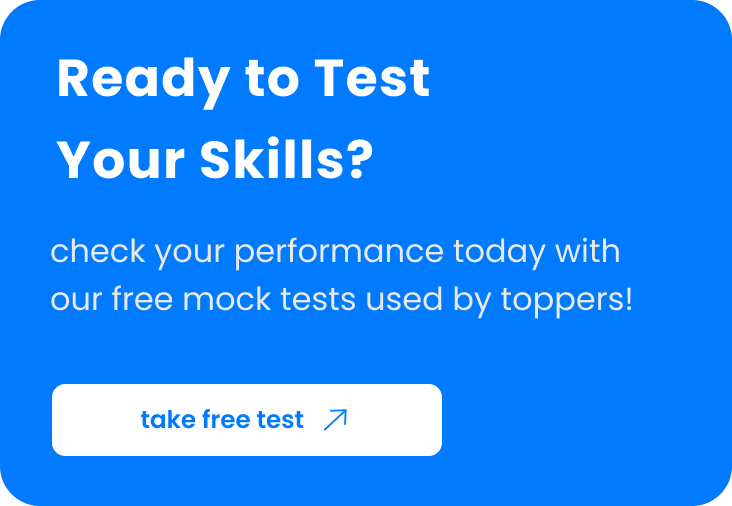Table of Contents
The Full form of BOP is Bottom of the Pyramid, refers to the largest and poorest socio-economic group of people who live on less than a few dollars a day. Coined by management scholar C.K. Prahalad, the concept highlights the untapped potential of billions of low-income consumers around the world especially in countries like India, where a significant portion of the population falls into this category.
Far from being just a statistic, the BOP is now seen as a transformative market that holds tremendous opportunities for business innovation, social impact, and sustainable development. Companies, governments, and NGOs are increasingly shifting their focus to meet the needs of this segment — not out of charity, but because of the mutual value it offers.
What is the Bottom of the Pyramid (BOP)?
BOP, or Bottom of the Pyramid, refers to the largest, poorest socio-economic group in the global population. These are individuals who earn less than $2.50 per day and live in developing regions with limited access to quality products, services, and financial tools. The term was popularized by C.K. Prahalad in his book “The Fortune at the Bottom of the Pyramid,” highlighting the potential of serving this market with sustainable and profitable solutions.
Do Check: List of all Important Full Forms
Characteristics of BOP Full Form
- Low Disposable Income: BOP consumers live on minimal earnings.
- Limited Access: They face challenges in accessing healthcare, education, and banking.
- Large Population Base: The BOP segment forms the majority in developing countries like India, Brazil, and many African nations.
- High Price Sensitivity: Affordability is a key concern; products must be value-driven.
Also Check: AFCAT Full Form
Examples of BOP Full Form
- Hindustan Unilever’s Project Shakti: Empowering rural women to sell affordable personal care products.
- Tata Nano: An ultra-low-cost car designed for Indian families with limited budgets.
- M-Pesa in Kenya: A mobile payment platform that revolutionized banking for the unbanked population.
Why Companies Target BOP Consumers
- Untapped Market Potential: BOP represents billions of potential consumers.
- First-Mover Advantage: Businesses entering early can establish strong brand loyalty.
- Inclusive Growth: Profitable business models can uplift communities while expanding consumer bases.
Must Read: Airbnb Full Form
Innovations for the Bottom of the Pyramid
- Frugal Innovation: Developing low-cost, efficient products like solar lanterns or water purifiers.
- Microfinance: Providing small loans to help start micro-businesses.
- Telemedicine: Bringing healthcare to remote areas via mobile and digital platforms.
Challenges in Serving BOP Markets
- Distribution Barriers: Poor infrastructure makes delivery difficult.
- Low Literacy Rates: Educational barriers can impact product usage.
- Trust Issues: BOP customers may be skeptical of new brands.
Role of BOP in Sustainable Development
Serving the BOP is not just about profits; it’s about social impact. Businesses that cater to this segment can help reduce poverty, create jobs, and improve living standards. These efforts contribute to achieving global Sustainable Development Goals (SDGs).
Must Read: BCG Full Form
Difference Between BOP and Traditional Market Segments
| Feature | BOP Market | Traditional Market |
|---|---|---|
| Income Level | Less than $2.50/day | Middle and upper income |
| Product Design | Low-cost, durable, essential | Premium or feature-rich |
| Distribution | Rural and remote areas | Urban, easy-to-access |
| Marketing Approach | Community-based, educational | Mass media, digital |
Impact of BOP Strategies on Emerging Economies
- Empowers Communities: Provides income opportunities and access to essentials.
- Drives Local Innovation: Solutions tailored to real needs.
- Boosts Economic Inclusion: Enables participation in formal markets.
Famous BOP Business Models
- Grameen Bank (Bangladesh): Microloans to support entrepreneurship among women.
- Amul (India): Cooperative model benefiting rural milk producers.
- Aravind Eye Care (India): Low-cost, high-volume cataract surgeries for the underserved.
Conclusion
The Bottom of the Pyramid may represent the poorest section of society, but it also holds vast opportunities for meaningful and profitable engagement. Companies that innovate with empathy and sustainability at their core can unlock the potential of billions, drive inclusive growth, and build a better future for all.
FAQs on Bottom of the Pyramid
What is the Bottom of the Pyramid (BoP)?
The Bottom of the Pyramid refers to the largest, poorest socio-economic group globally, comprising over four billion people living in poverty. This segment represents a significant portion of the world's population with limited access to essential goods and services.
What does BoP stand for in economics?
In economics, BoP stands for Bottom of the Pyramid. It denotes the lowest tier of the economic hierarchy, encompassing the poorest individuals who, collectively, represent a substantial market segment.
What is the Bottom of the Pyramid by C.K. Prahalad?
C.K. Prahalad introduced the concept of the Bottom of the Pyramid, emphasizing that businesses can serve the world's poorest populations profitably. In his book The Fortune at the Bottom of the Pyramid, he argued that by addressing the needs of this segment, companies can achieve growth while contributing to poverty alleviation.
What is the Bottom of the Pyramid in marketing?
Bottom of the Pyramid marketing involves strategies tailored to low-income consumers. It focuses on creating affordable, accessible, and value-driven products and services that meet the unique needs of this demographic, often requiring innovative approaches in product design, distribution, and pricing.









